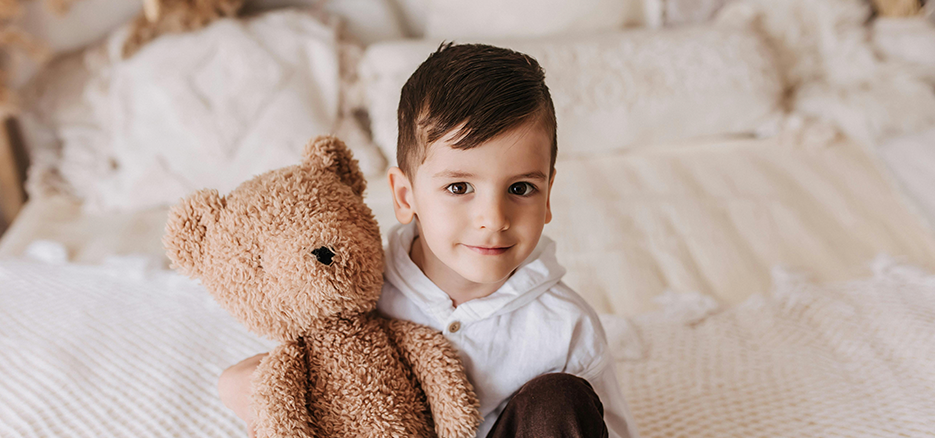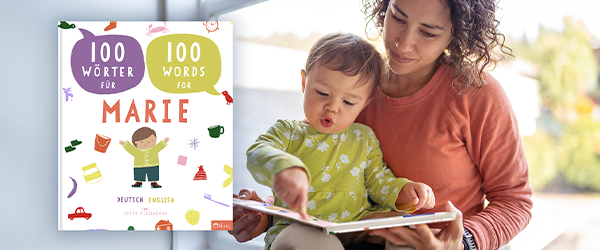The exciting world of bilingualism
4 Minute ReadOur picture book “My 100 Words,” is a celebration of the exciting world of bilingualism! Bilingual education is a topic of great interest to many parents, but it can also be shrouded in misconceptions. This blog post tackles those head-on, using scientific facts to debunk common myths about bilingualism.
Bilingualism: Code Switching
Do you worry that bilingual education might overload your child’s brain? Many parents share this concern, especially when they see their child effortlessly switching between languages. This concern often stems from the fact that bilingual children frequently ‘code-switch’ seamlessly mixing their languages in conversation. However, code-switching, the act of naturally transitioning between languages mid-conversation, is completely normal. It’s not a sign of confusion, but rather a sophisticated communication strategy used by bilingual and multilingual individuals. (As research shows [1]), code-switching is a common practice even among adults and a natural part of multilingual language use.
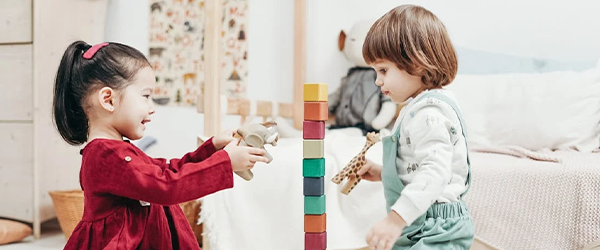
Language development with bilingualism
Children’s natural ability to effortlessly learn several languages at a young age makes bilingual education a perfect fit. While their development in each language might appear slower compared to monolingual peers, it’s important to remember they’re essentially building two separate vocabularies, which naturally takes more time than focusing on one. This temporary “delay” is easily compensated for as children grow older, especially when parents and caregivers continue to actively promote both languages.[2]
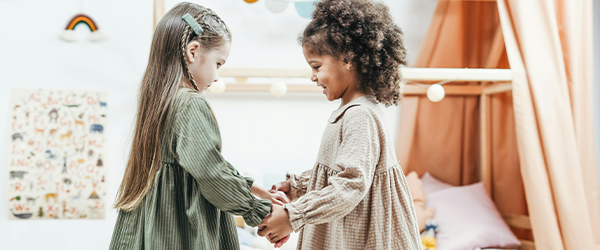
The social environment
There is also often concern that the child won’t be able to integrate into a group of their peers due to their bilingualism. However, the child’s personality is more important here: children who are very sociable seem to learn the language more quickly than children who are rather shy.[3] Parents, carers and professionals can definitely support the child here by being confident and open about different languages in daycare, school life and bilingual education. You can find more tips for bilingual education in this blog article.
Our bilingual picture dictionary
“My 100 Words” takes the child on a colorful journey through the seasons. Colourful pictures and selections of new words await on every page.
Our picture dictionary is designed to make learning vocabulary a fun and enriching experience for children. The colorful illustrations act as powerful memory prompts, helping young minds easily grasp and retain new words. After all, research shows [4] that when pictures are combined with new words, they form a powerful learning unit for children, accelerating their understanding and memorization.[4]
Benefits of bilingual education
Children who grow up bilingual develop a better feeling for languages and are better able to think about language (meta-linguistic awareness)[5].
Bilingual children have a different awareness of words and can cope more easily when unknown, new words are used in familiar sentences and also when new names are used for things[6].
Studies also show that bilingual children develop a greater interest in languages and are also more linguistically adept than monolingual children. They seem to be able to learn another language more easily later on. This is particularly true for children who grow up bilingually from an early age – they are better able to integrate another language into their existing “linguistic network”[7].
Bilingual children also have a better sense of cultural differences.[8]They are better able to empathise with the ideas of others and are therefore better able to appreciate other languages and traditions.
Finally, knowing another language can significantly boost earning potential later in life, opening doors to a wider range of job opportunities.
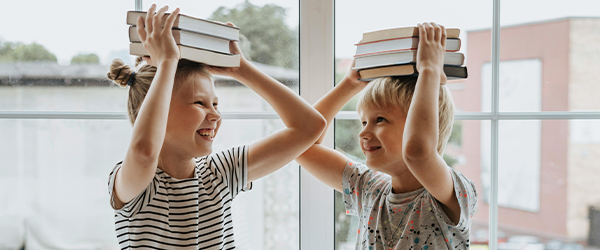
Sources:
[1] Vgl. Hoff 2015: 487.
[2] Vgl. Hoff 2015: 490f.
[3] Vgl. Hoff 2015: 497f.
[4] Vgl. Strauber 2020: 6; vgl. auch Van der Bijl 2006: 44.
[5] Vgl. Hoff 2015: 501; vgl. auch Rinker/Sachse 2012: 89.
[6] Vgl. Groschoff 2012: 92.
[7] Vgl. Rinker/Sachse 2012: 90; vgl. auch Ausführungen von Tracy 2008: 104; vgl. Ausführungen zu Auswirkungen kultureller und umweltbedingter Faktoren auf die menschliche Kognition in Groschoff 2012: 82ff.
[8] Vgl. Tracy 2014: 31.
Groschoff, U.: Ist Zweisprachigkeit ein Kinderspiel? Soziale, kognitive und linguistische Auswirkungen von zweisprachiger Erziehung. Berlin (2012).
Hoff, E.: Language development in bilingual children. In: E. L. Bavin and L, R. Naigles (eds): The Cambridge Handbook of Child Language. Cambridge Handbooks in Language and Linguistics. Cambridge (2015): 483-503.
Rinker, T. and Sachse, S.: Spracherwerb und Gehirnforschung (unter Berücksichtigung des mehrsprachigen Spracherwerbs). In: H. Günther & W. R. Bindel (eds.): Sprachförderung in Kindergarten und Vorschule. Baltmannsweiler (2012): 81-95.
Strauber, B. C. et al.: Using a picture-embedded method to support acquisition of sight word. In: Journal of the European Association for Research on Learning and Instruction 65 (2020): 1-8.
Tracy, R.: Wie Kinder Sprachen lernen, und wie wir sie dabei unterstützen können. Tübingen (2007).
Tracy, R.: Mehrsprachigkeit: Vom Störfall zum Glücksfall. In: Krifka, M. et al. (Hrsg.): Das mehrsprachige Klassenzimmer. Über die Muttersprachen unserer Schüler. Berlin/Heidelberg (2014): 13-34.
Van der Bijl, C. et al.: A comparison of two strategies of sight word instruction in children with mental disability. In: Research in Developmental Disabilities 27 (2006): 44-55.




